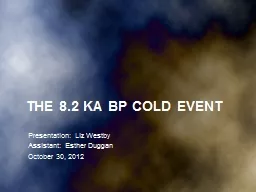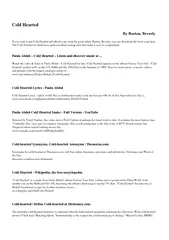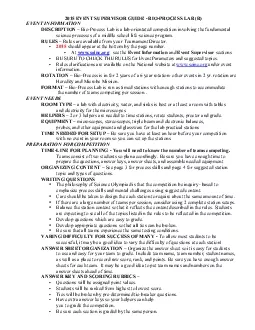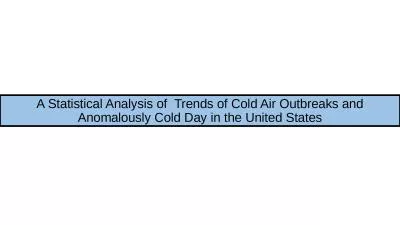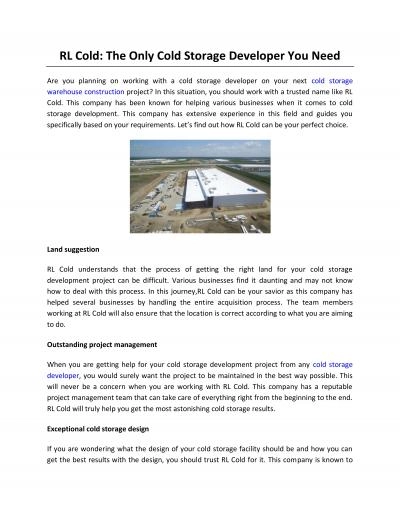PPT-The 8.2 ka BP cold Event
Author : tatiana-dople | Published Date : 2016-11-27
Presentation Liz Westby Assistant Esther Duggan October 30 2012 Description GISP2 Ice Core Identified in lacustrine sedimentary sequences in northern Sweden in 1976
Presentation Embed Code
Download Presentation
Download Presentation The PPT/PDF document "The 8.2 ka BP cold Event" is the property of its rightful owner. Permission is granted to download and print the materials on this website for personal, non-commercial use only, and to display it on your personal computer provided you do not modify the materials and that you retain all copyright notices contained in the materials. By downloading content from our website, you accept the terms of this agreement.
The 8.2 ka BP cold Event: Transcript
Download Rules Of Document
"The 8.2 ka BP cold Event"The content belongs to its owner. You may download and print it for personal use, without modification, and keep all copyright notices. By downloading, you agree to these terms.
Related Documents

